
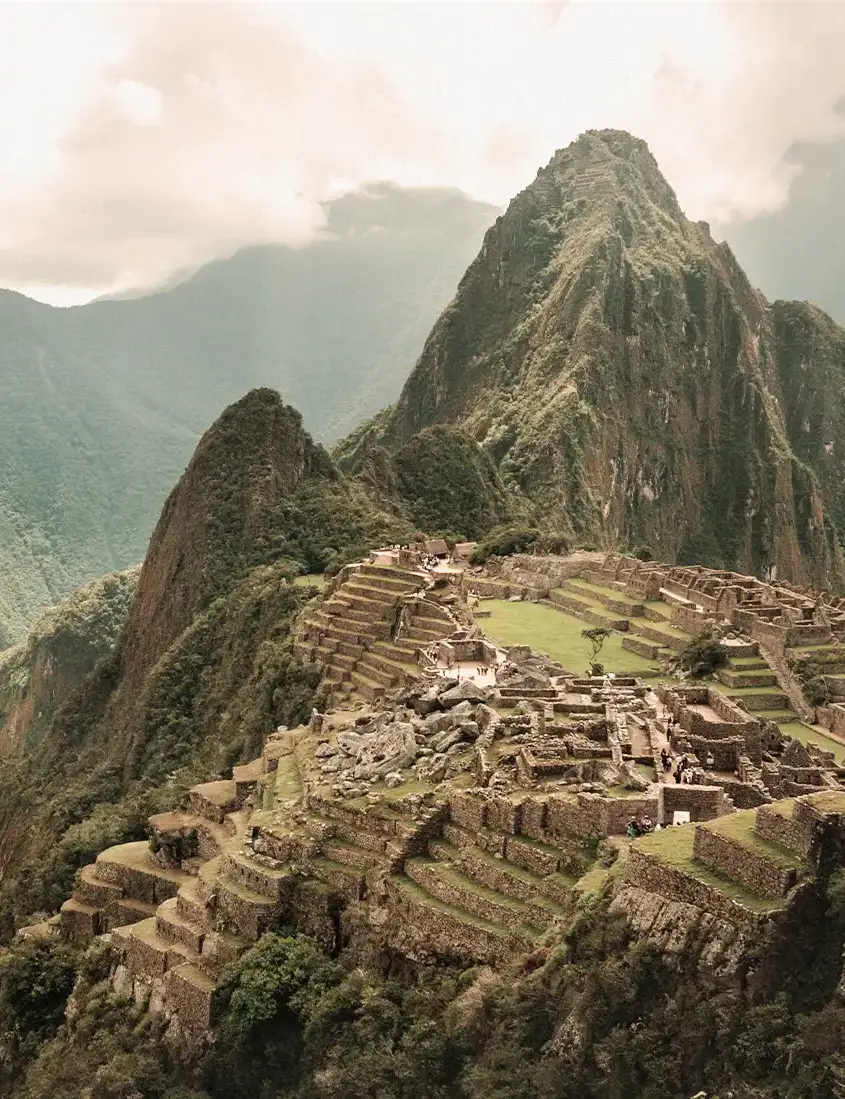

Hidden among the soaring peaks and plunging valleys of the Andes Mountains lies the mysterious and mystical Machu Picchu, a UNESCO World Heritage Site and one of the New Seven Wonders of the World. Our personalized tours will escort you through the enchanting Lost City of the Incas, the ruins of a remote and secretive royal refuge built in the 15th century, rewarding your visit with the timeless wisdom and sacred wonders of the pinnacle of the Inca Empire.




 5 Stars - Based on 552 Client
Reviews
5 Stars - Based on 552 Client
Reviews

At Cusco Native, we ensure the best prices by operating locally without intermediaries. You can’t find the same itinerary with identical services at a lower price elsewhere.

Reserve your adventure with just a 25% deposit and pay the rest upon arrival in Peru. Postpone your trip for free up to 30 days before the start date!

Local Business

Sustainable

Small Groups

Experienced Team


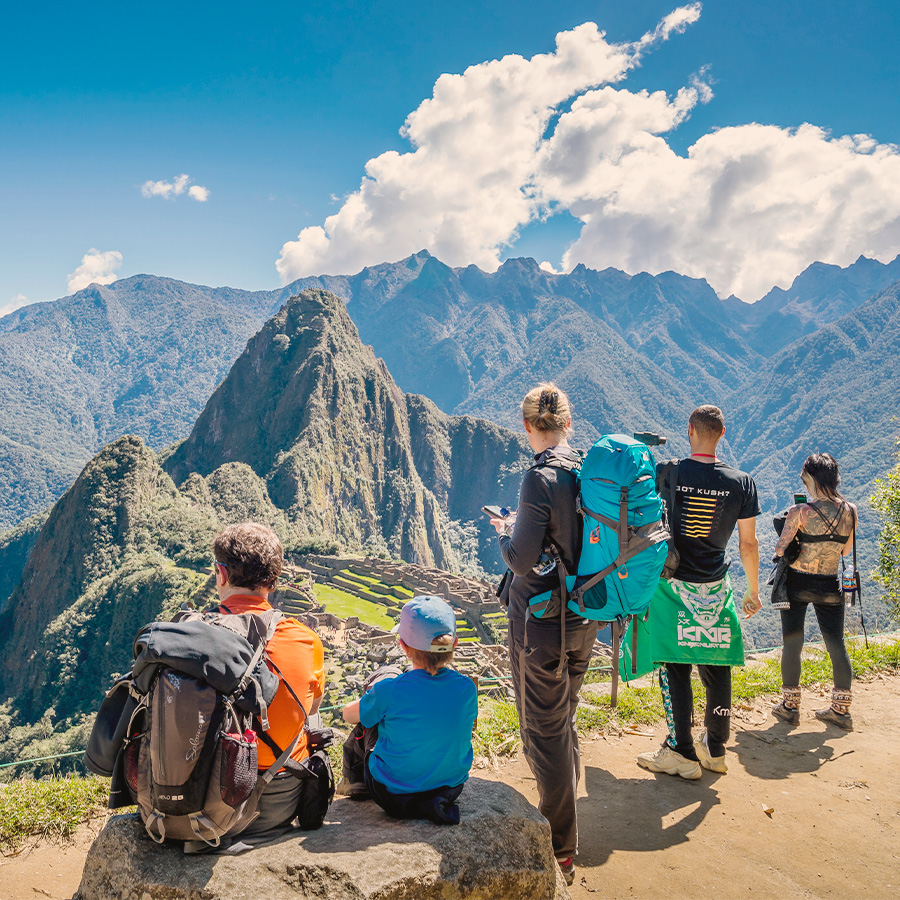
Didn't find the tour you were looking for? Don't worry! We are experts at building custom tours and treks in Cusco and throughout Peru. Just contact us, tell us about the tour you'd like and let us do the rest..
This most famous and iconic of Inca archaeological sites is a must-see for anyone visiting the Andean region. One of the New Seven Wonders of the World and a UNESCO World Heritage Site, Machu Picchu offers unforgettable views while immersing visitors in the rich and mysterious culture of the Incas. Visitors will see examples of the Inca’s finest masonry and precision architecture and learn about the complex layers of Incan spiritual, scientific, astronomical and cultural understanding. And all this is set among the peaks of the Andes mountains, near the border of the Amazon rainforest, in a uniquely gorgeous cloud forest ecosystem.
Whether arriving by scenic train journey or fabulous multi-day trek along the Inca Trail, Machu Picchu will captivate and amaze all those who enter its sacred and enigmatic grounds. No visit to Peru is complete without an awe-inspiring and life-changing visit to Machu Picchu.
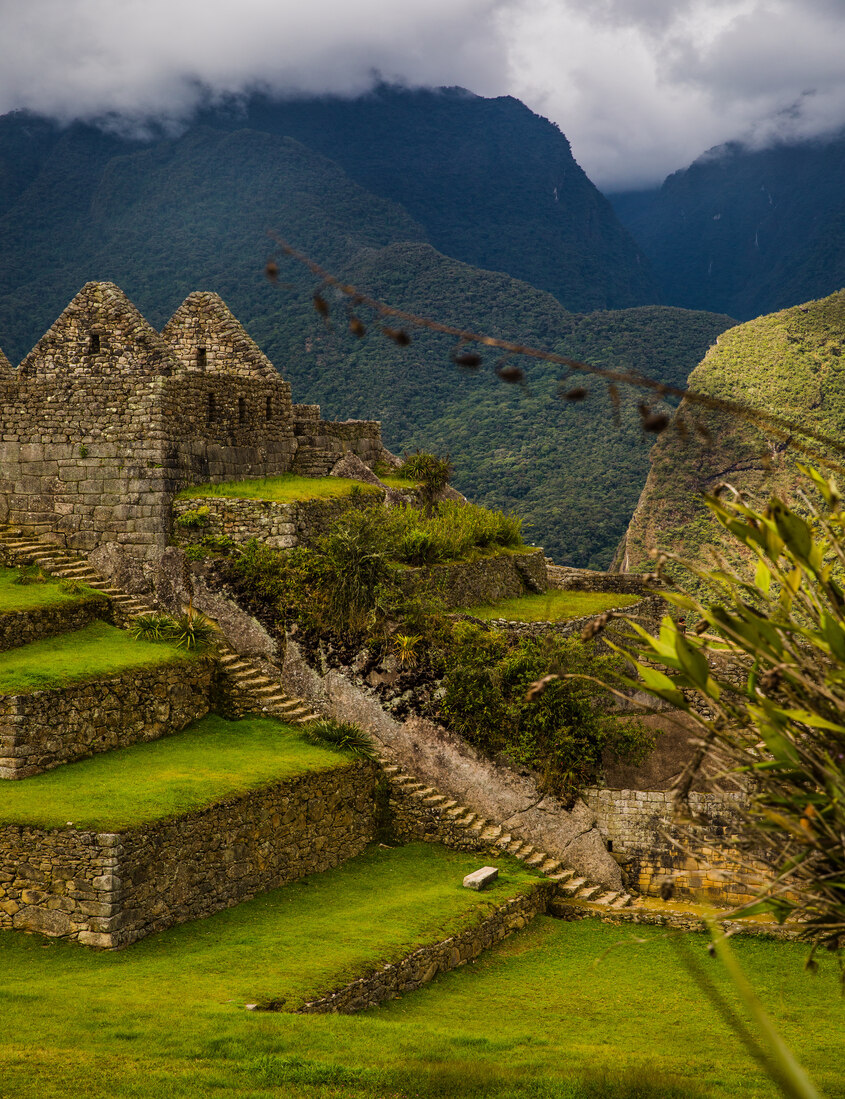

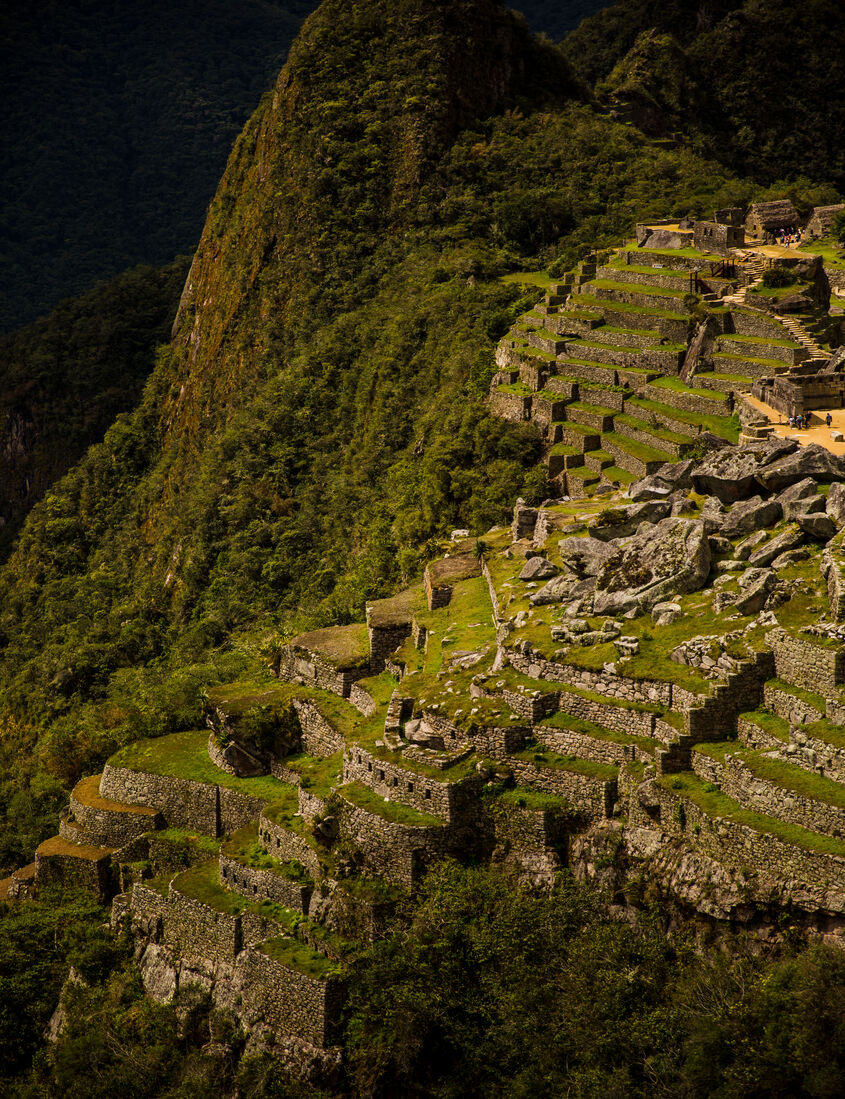
Machu Picchu sits in a secluded, remote spot along the Urubamba River (also known as the Vilcabamba River), at the terminus of the Urubamba River Valley — the Sacred Valley of the Incas — which cuts through the eastern part of the Andes Mountains and runs up to the edge of the Amazon rainforest.
At an elevation of 2430 m (7,970 ft) above sea level, Machu Picchu is actually 1000 m (3,300 ft) lower than the Imperial Inca Capital of Cusco, which lies 80 km (50 miles) to the southeast. The beautiful, world-famous Inca ruins at Machu Picchu received 1.5 million visitors in 2019. Popularity aside, tourism to the site is regulated, limiting daily visitors to 2,500 with certain additional hikes limited to 400 per day.
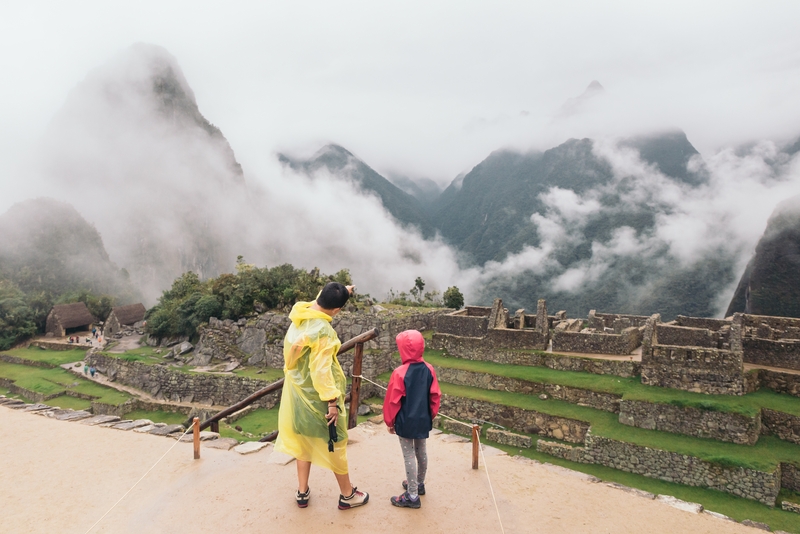
Machu Picchu’s position in the borderlands between the rugged heights of the Andes Mountains and the verdant low-lying Amazon rainforest results in a singular ecosystem known as the Andean cloud forest. This unique and fragile biome, full of abundant and varied plant and animal life and part of the protected Machu Picchu Sanctuary, yields a pleasant subtropical highland climate, warm and humid most of the year. Even so, the intense, mountainous terrain means microclimates and unpredictable weather that can change quickly. The daytime temperature range at Machu Picchu is 68-80° F (20.27° C), while overnight temps span a very reasonable 50-64° (10-18° C).
Machu Picchu experiences warm, wet summers and dryer, cooler winters, though the seasons there are less clearly defined than in nearby Cusco. Dry season, which corresponds to South America’s winter and North America’s summer, is from April to October. Rainy season, November to March, is Machu Picchu’s summer season. The highest average rainfall happens from January through March.

While the factors in deciding when to visit Machu Picchu vary individually, here are a few things that everyone should consider.
The Best Time of Year to Visit Machu Picchu
The site’s peak tourist season is June-August, when it is dry and sunny, far less likely to rain, but significantly busier. Planning and reserving well ahead is absolutely critical for a trip during peak season. It should be noted that rain is a possibility at any time of year, even during dry season.
The low season from December to February will be far less crowded, but frequent rains during this period might intervene with plans, especially around February when rainfalls are heaviest and some sites are even temporarily closed as a result (especially along the Inca Trail).
The Best Time of Day to Visit Machu Picchu
Machu Picchu is open daily from 6:00 am to 5:30 pm. An early arrival on the day’s first shuttle affords access to views of the sunrise with fewer people. The crowds will begin to thin out again by 3:00 pm, and depending on the time of year, staying later may also mean a Machu Picchu sunset. Passes for additional hikes allow extra time on site.
Machu Picchu, which means “Old Mountain” in Quechua, was built around 1450 and would be mostly abandoned by around 1530. The sacred citadel was ordered built by Pachacuti as a royal estate, though the exact purpose and usage of Machu Picchu remain unknown. Although no contemporaneous written accounts exist of Machu Picchu, it was one of many royal palaces and sacred religious citadels. Despite its worldwide fame as the singular icon of the Inca Empire today, it is unlikely that Machu Picchu was a particularly prominent site to the Incas.
When in use, the citadel at Machu Picchu featured an extensive agricultural sector with hundreds of man-made terraces for farming and an urban zone with housing and numerous civic and religious structures. The hallowed site was abandoned as a result of the Spanish invasion: devastating smallpox infections were likely the principal cause. It is uncertain if the citadel at Machu Picchu was known to the Spanish conquistadors, but it is improbable that any visited it. After this time, the deserted site at Machu Picchu was forgotten to the world save some of the local Indigenous population, who actually continued to farm the terraces until its modern “rediscovery.” It was American amateur explorer Hiram Bingham III who was credited as the modern “scientific discoverer” of the secluded Inca sanctuary.
While Hiram Bingham did bring Machu Picchu to the attention of the world in 1911, he was led to the site by locals. He also smuggled out and stole many hundreds of Inca artifacts. This was a point of contention between local Indigenous populations, alongside the Peruvian government, and Yale University, until the Ivy League school finally finished returning the artifacts in 2012, a century after they were first unceremoniously taken from the site.
The ruins at Machu Picchu, notable for some of the finest stonework in the Inca Empire, have been largely undisturbed since their abandonment, in part thanks to the Inca’s ingenious “earthquake-proof” architecture. In 1981 it was named a Peruvian Historic Sanctuary and in 1983 it was named a UNESCO World Heritage Site. In 2007 Machu Picchu became one of the New Seven Wonders of the World.
Machu Picchu offers countless things to see and explore once inside the archaeological park. Currently, Machu Picchu entrance permits are divided into specific circuits which include differnt destinations according to the circuit chosen. Talk to one of our experts to plan the Machu Picchu tour that is right for you.
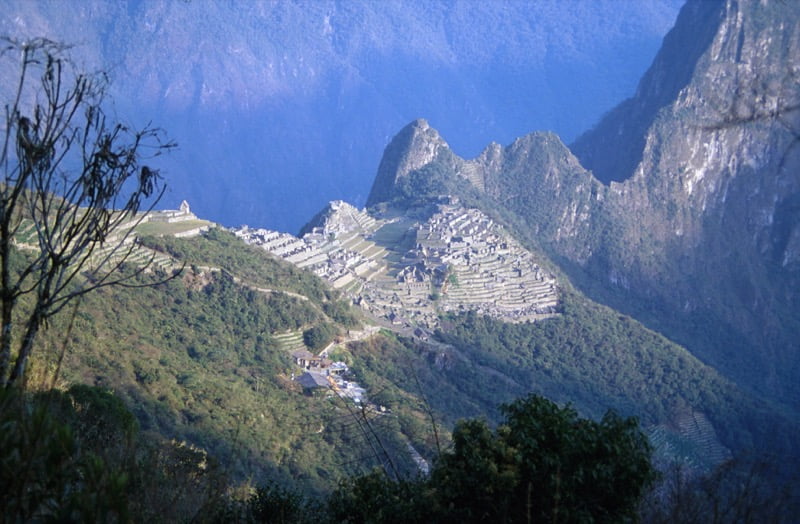
This popular hike option scales the domed peak of Huayna Picchu, rising behind the ruins. This hike features steep passes and includes a visit to the remote, enigmatic Temple of the Moon. Reservations required in advance; only 400 hikers allowed per day.
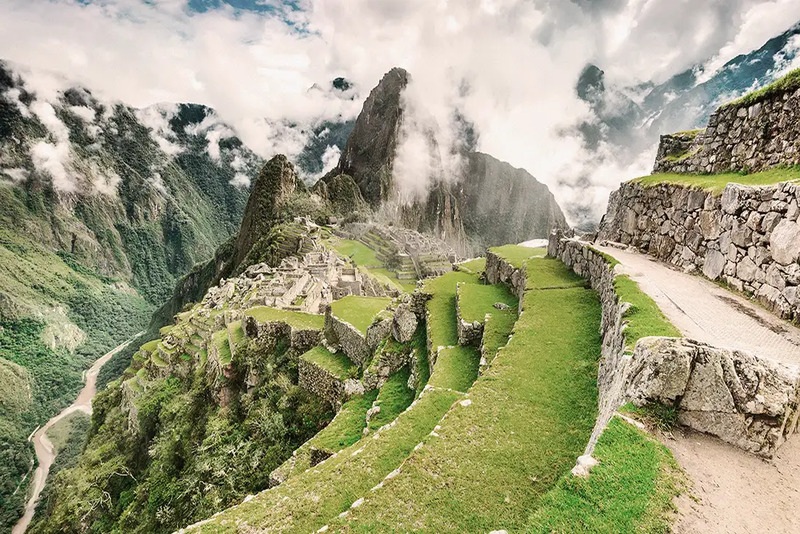
La Montaña Machupicchu is nearly twice the height of Huayna Picchu, making for a rather demanding hike which rewards visitors with a complete panoramic view at the summit. Reservations required in advance; only 400 hikers allowed per day.
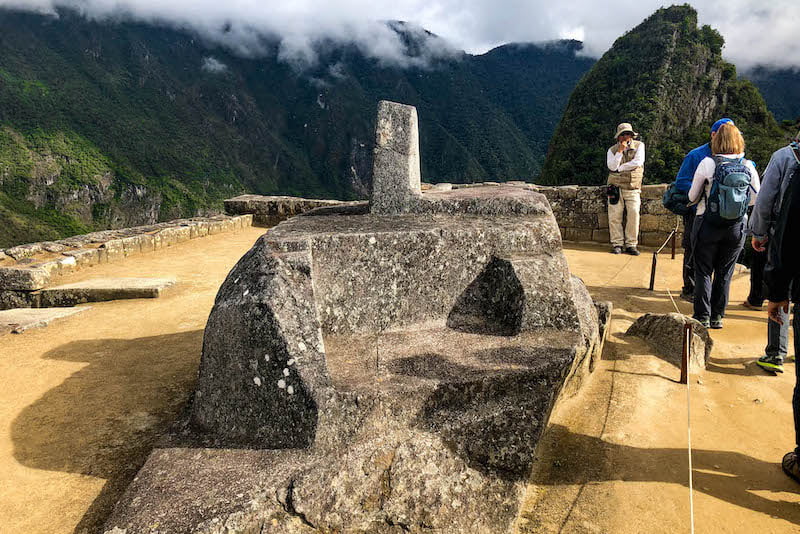
This ritual stone, also called “The Hitching Post of the Sun,” is aligned with the sun for the winter solstice and probably served as a calendar or astronomical clock, though the exact significance and uses of its various levels and angles remain mostly mystery.
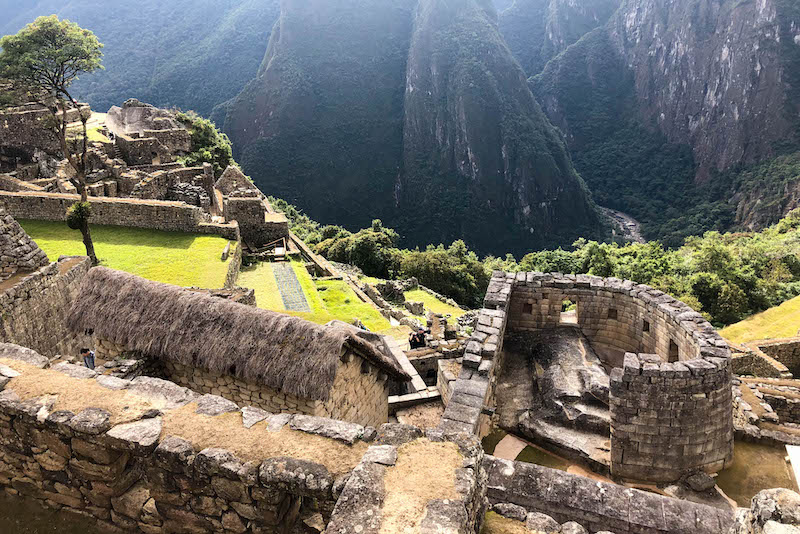
Also known as Torreón, this temple to the Inca Sun God Inti boasts rare semicircular architecture. Its typical trapezoidal windows align with various astronomical events and provide a view of Huayna Picchu’s peak.
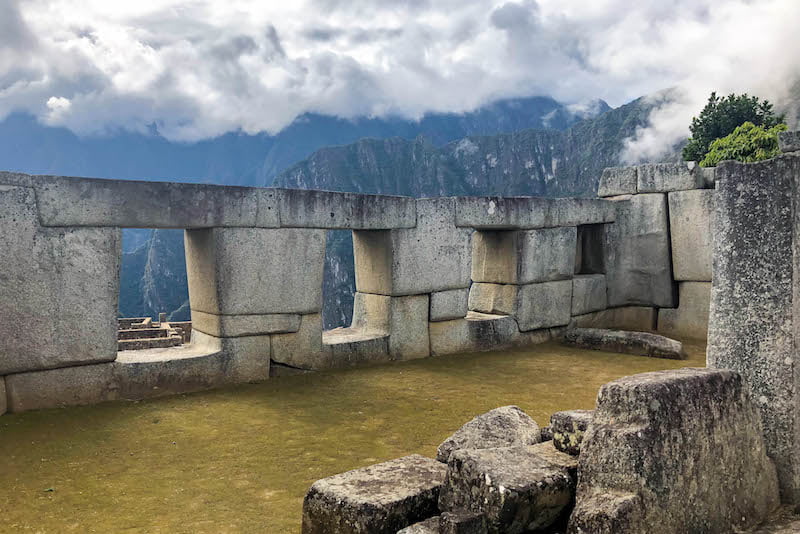
Perhaps the most iconic site at Machu Picchu, its trapezoid-shaped windows overlook the Sacred Plaza and represent the divisions of the universe according to Inca mythology.
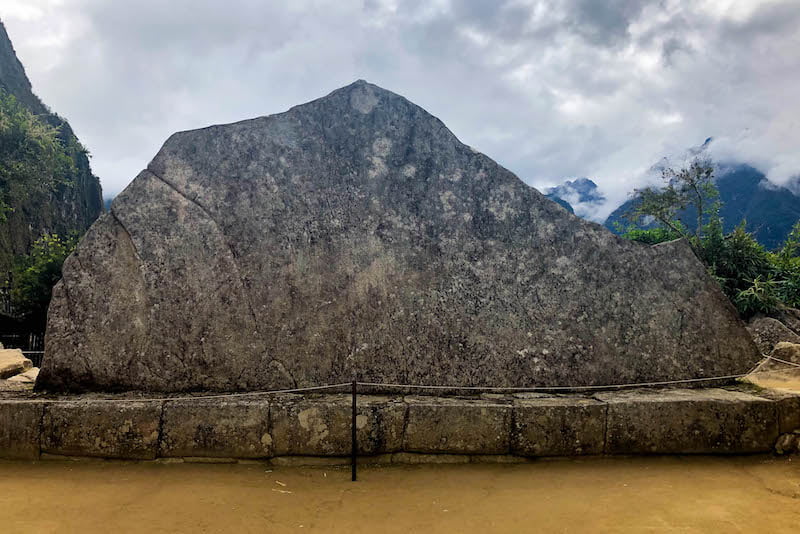
This massive wank’a, or stone monolith, is a shrine which held powerful ritual and symbolic significance to the Inca and appears to mirror the shape of the mountainous peaks visible behind it.

This visually-stunning object of worship centers around the huge image of an Andean Condor, landing with wings spread, carved from a natural rock formation. The Andean Condor, the largest bird in South America, was one of three sacred animals worshiped by the Incas.
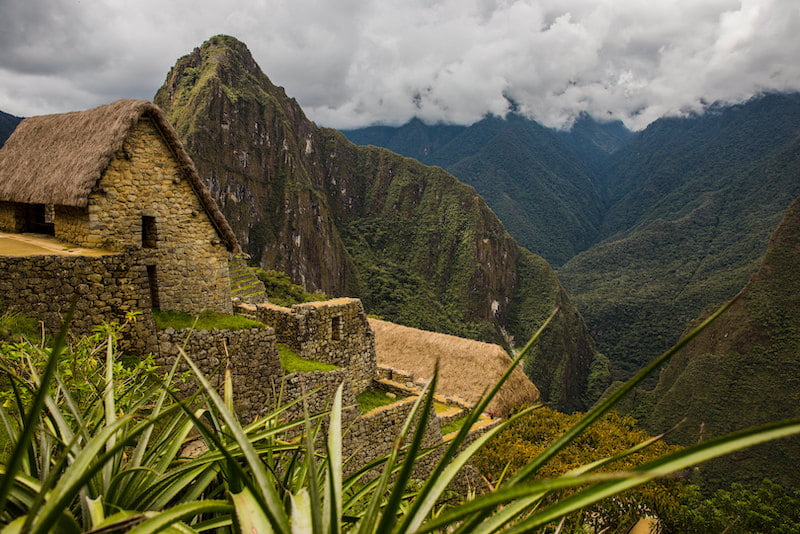
One of the first sites to greet travelers arriving from the Inca Trail is this House of the Guardians. Formerly used by Inca sentinels, this structure, also accessible by additional upper circuit hike, now presents some of the most picturesque views overlooking Machu Picchu.
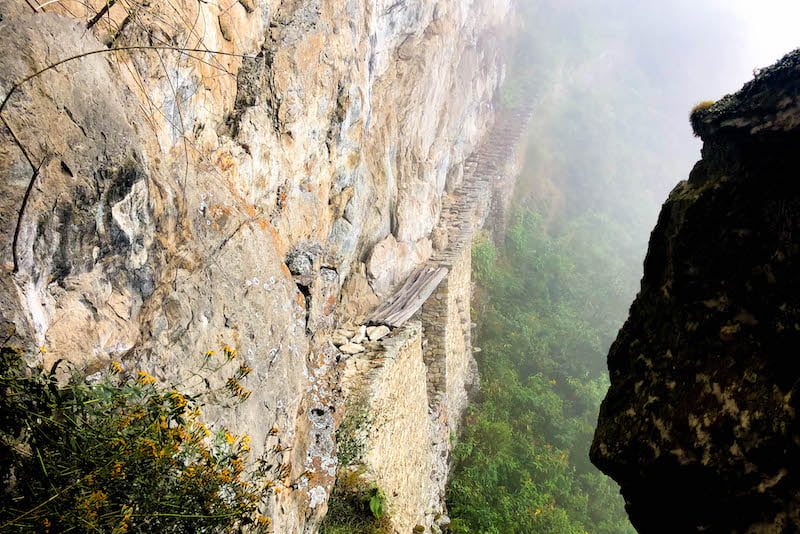
Following original paved Inca roads a kilometer past The Guardhouse, visitors arrive at the Puente Inca. This hidden gem features a crossing of removable logs over a steep and narrow precipice, an easily-defended access point to the citadel.
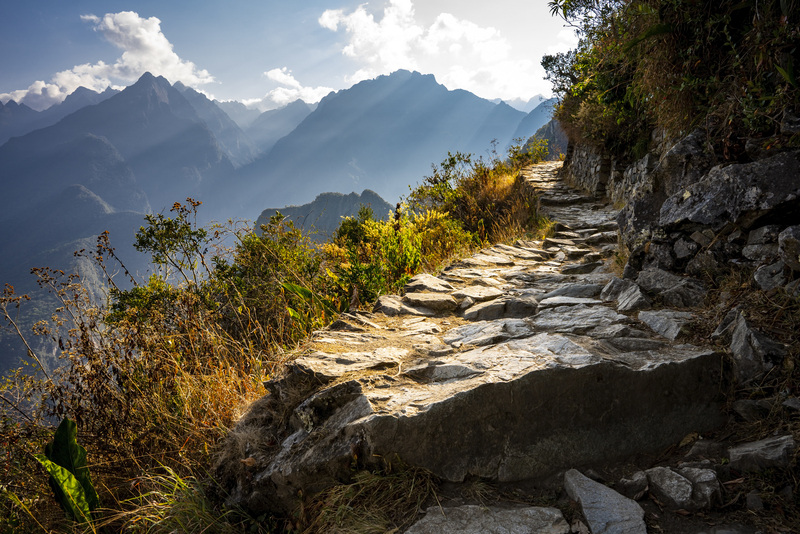
Many visitors opt to maximize their experience visiting Machu Picchu by hiking the Inca Trail, beginning in the Sacred Valley and ending at the entrance to the ruins. The 4-day Inca Trail Trek is the most popular option and offers a well-rounded, complete experience. Reserve this remarkable adventure with us well in advance, as space is very limited (500 total permits per day) and almost always books up months ahead of time.
We offer a variety of guided group or personalized trek options, all of which provide marvelous, memorable hikes through gorgeous natural vistas. A few of the other options include a 2-day version of the classic Inca Trail Trek, the Salkantay Trek, the Huchuy Qosqo Trek and the Inca Quarry Trek. See our complete list of Machu Picchu hikes to explore these and more options! (Note that around February, some trek options are limited or unavailable due to heavy rains.)
Peru Rail operates the majority of trains to Machu Picchu. Learn about their offerings here:
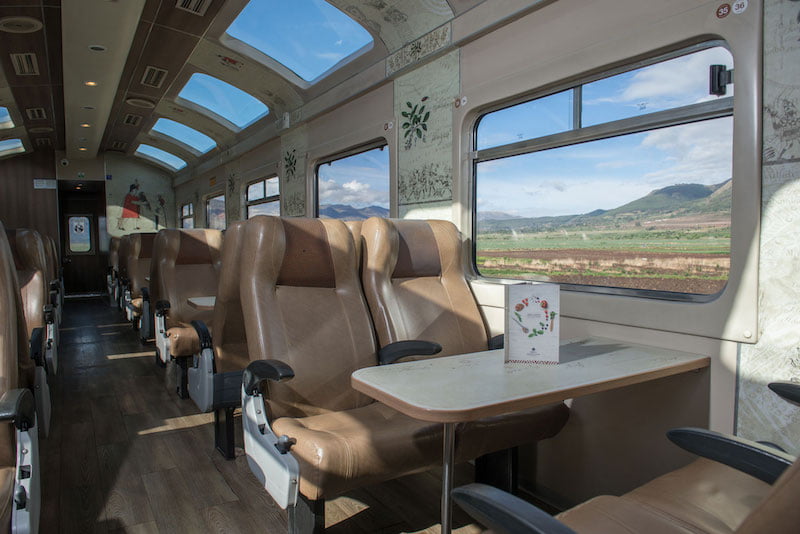
The Expedition line is one of the most economic options available to visitors. Amenities include large, comfortable seats with tables, roof glass for expanded viewing, food and drink service, and more.
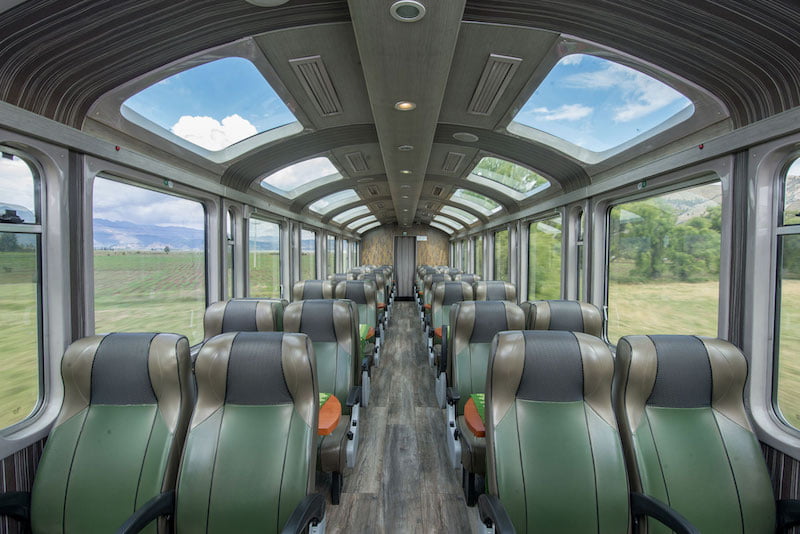
The upgraded Vistadome line features panoramic glass and an observatory car for even more captivating visuals, live shows with traditional music, dances and fashion, and other enhanced amenities.
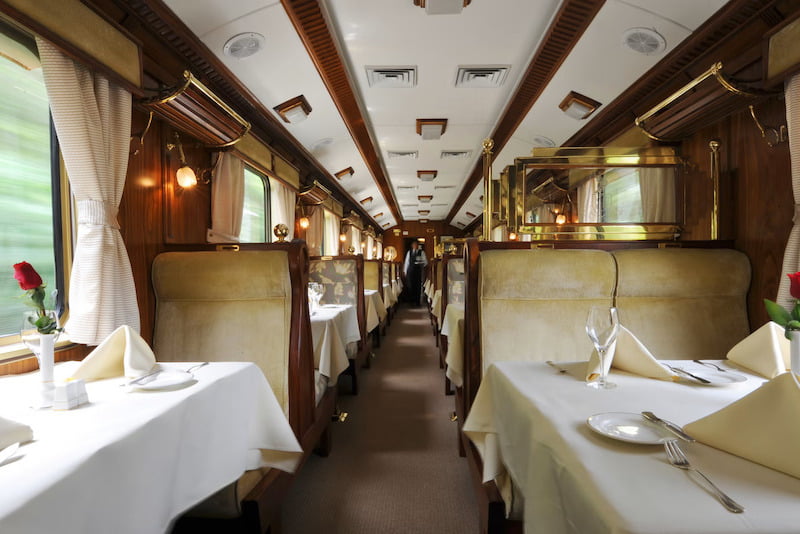
This exclusive train service features period-accurate late-19th century train cars and decor. Amenities include gourmet meal service, an elegant dining car, bar and VIP lounge, live music and dance performances, and more.
Inca Rail is the other major provider of train service to Machu Picchu. Learn about their offerings here:
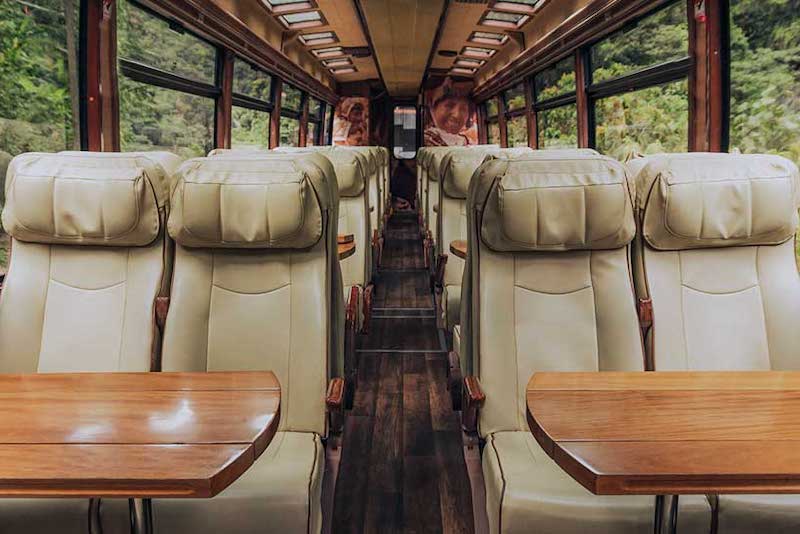
The budget-friendly Voyager line features wide windows and roof glass for extended visuals, food and drink service, comfortable seating with tables, and more.
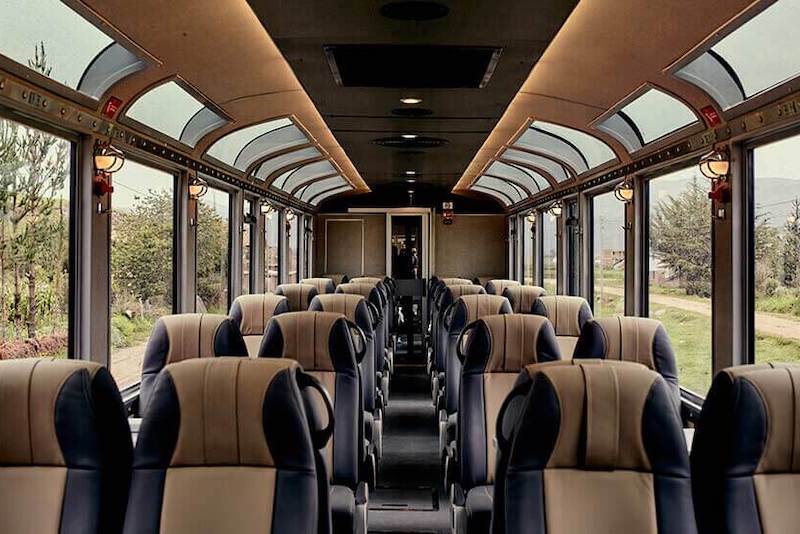
The 360º train provides improved viewing via panoramic windows, larger seats and tables, and greater luggage allowance.
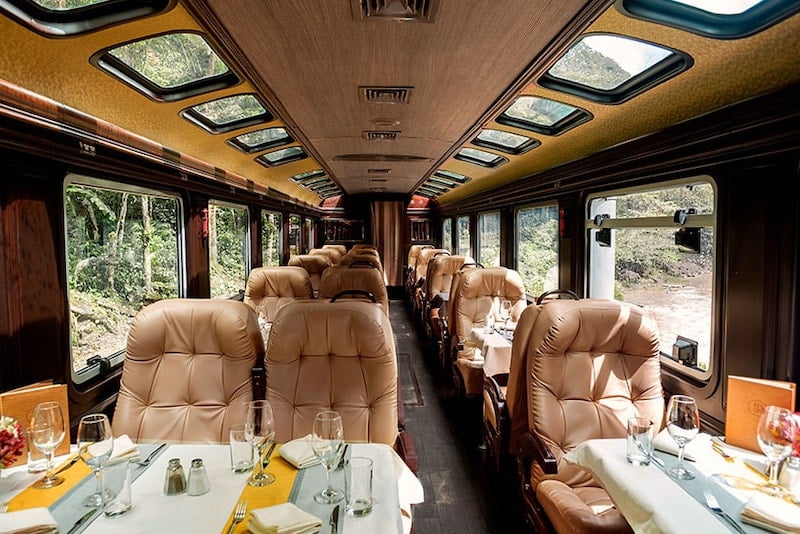
This luxury experience features gourmet meals, an open bar and live music performances with comfortable and spacious seating.

Make sure to follow these important tips on your trip to Machu Picchu. If you have any questions about planning your trip, don’t hesitate to reach out to our team with any questions!
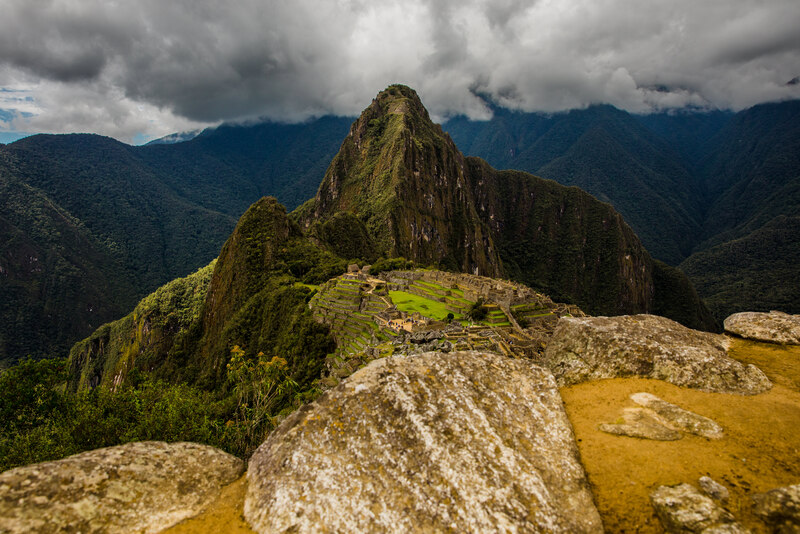
Altitude sickness is a common concern for visitors to Cusco. While most people experience mild symptoms such as headache, fatigue, dizziness, and loss of appetite that tend to clear up in 24-48 hours, altitude sickness does affect each individual uniquely and acclimation varies. Here are some tips for adapting to the altitude during the first couple days of your trip:
• Eat light meals. The digestive system works slower at higher altitudes.
• Try not to exert yourself too much. Just relax and try to take it easy as much as possible.
• Make sure to stay hydrated.
• Avoid alcohol.
• Take advantage of some of the natural altitude sickness cures available in Peru such as coca or muña tea. Note: avoid drinking coca tea too late in the day, which can cause trouble sleeping.
• Take medication if necessary. Acetazolamide and other medication for soroche (the word for altitude sickness) are available over the counter in Peru.
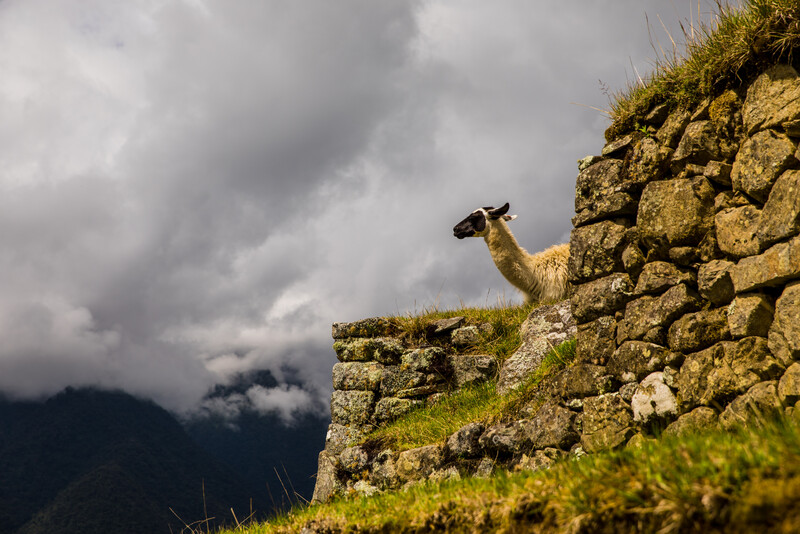
Visiting Machu Picchu means packing light, regardless of how you get there. Check this list of essential items and plan on sticking to it!
• Your passport & entry ticket – both are required to enter the ruins
• Small daypack – size and weight of luggage is regulated at the site and on the trains
• Water – stay hydrated by bringing your own
• Dress in layers – rapidly shifting weather conditions make smart layers a must-have
• Sun protection – sunblock (35+ SPF), sunglasses and a hat are highly recommended
• Rain protection – regardless of the time of year, pack a rain poncho (no umbrellas)
• Footwear – sturdy, broken-in hiking boots with good grip are ideal
• Camera – countless opportunities for stunning shots await you at Machu Picchu
• Prohibited items at the ruins include tripods, selfie sticks, umbrellas, large packs, and alcohol
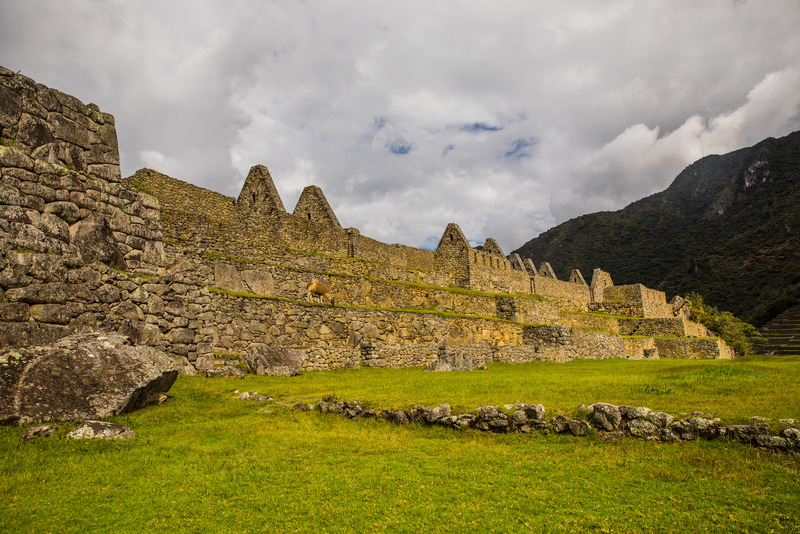
The peak season of June through August requires planning ahead as many destinations sell out or book up weeks or even months in advance. Visitors should consider checking availability for hotels, flights, trains (to and from Machu Picchu and other sites), Inca Trail permits, etc., when planning their trip. Planning ahead for rainy season means confirming that destinations affected by the weather are open for business and potentially accommodating extra time in your itinerary for postponed or rescheduled excursions. Don’t hesitate to contact us for further guidance — we can help with your Machu Picchu travel plans!

Discover our latest blogs
Here are the answers to some of the most frequently asked questions about visiting Machu Picchu:
Machu Picchu is positioned 80 miles (50 miles) northwest of Cusco along the Urubamba River, at the end of the Sacred Valley of the Incas in the Andes Mountains and near the edge of the Amazon rainforest.
Machu Picchu lies 2,430 m or 7,970 ft above sea level.
Since Machu Picchu is over 1,000 m or 3,300 ft lower than Cusco and most visitors have already been in the region for a couple days, the risk of getting altitude sickness is relatively low for most. However, altitude sickness impacts everyone individually; it’s still possible to get symptoms at Machu Picchu, especially if you are more sensitive to changes in elevation or have recently arrived to the region.
The weather at Machu Picchu is generally pleasant and comfortable, with daytime temperatures in the 68-80° F (20-27° C) range. Rain is much more common during the rainy season (November-March), but is possible any time of year. Due to the unique Andean cloud forest ecosystem of the site, weather can change drastically and rapidly; sun protection, layered clothing and a rain poncho are always recommended.
Most people’s journey to Machu Picchu is based in nearby Cusco, only 50 miles away. From there, one- or two-day trips by scenic train route are common, while others opt for adventurous multi-day hikes along the Inca Trail in the Sacred Valley. There is no direct access by road to Machu Picchu or its portal town of Aguas Calientes.
All international visitors are required to present a valid passport in order to enter the ruins. Additionally, you will need your Machu Picchu entrance ticket. The entrance tickets are limited and sell out fast, so they must be purchased in advance. This can be done online, in Cusco, or via our guided tour packages.
There are many wonderful hotel and b&b options in Aguas Calientes, a short drive or hike down the mountain from the ruins’ entrance, making overnight lodging near Machu Picchu convenient. Only the luxury Belmond Sanctuary Lodge is located on the site’s grounds, just across from the entrance.
While there is no regulation requiring a guide to enter the ruins, the knowledge and expertise provided by professional guides is practically indispensable. Touring the ruins at Machu Picchu without a guide means missing out on most of the archaeological and anthropological insights that make it such a fascinating destination.
The ruins are open every day from 6:00 am to 5:30 pm, and one could easily spend the full day there. However, permission to be at the ruins is limited to 4 hours. Some additional hikes provide more time on site.
No, there are no age restrictions — all are welcome at Machu Picchu! Note that strollers are prohibited on site.

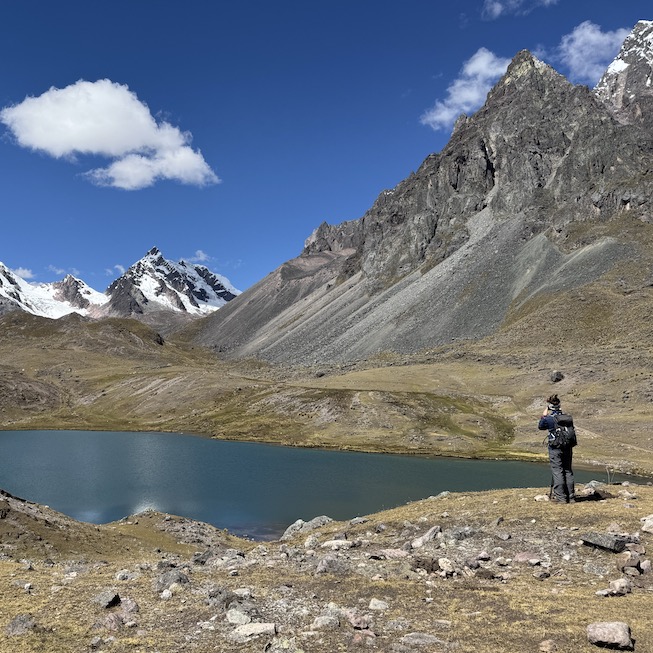





I don't think I have the words in my vocabulary to thank you enough for yesterday... it was AMAZING! I am in awe, speechless.
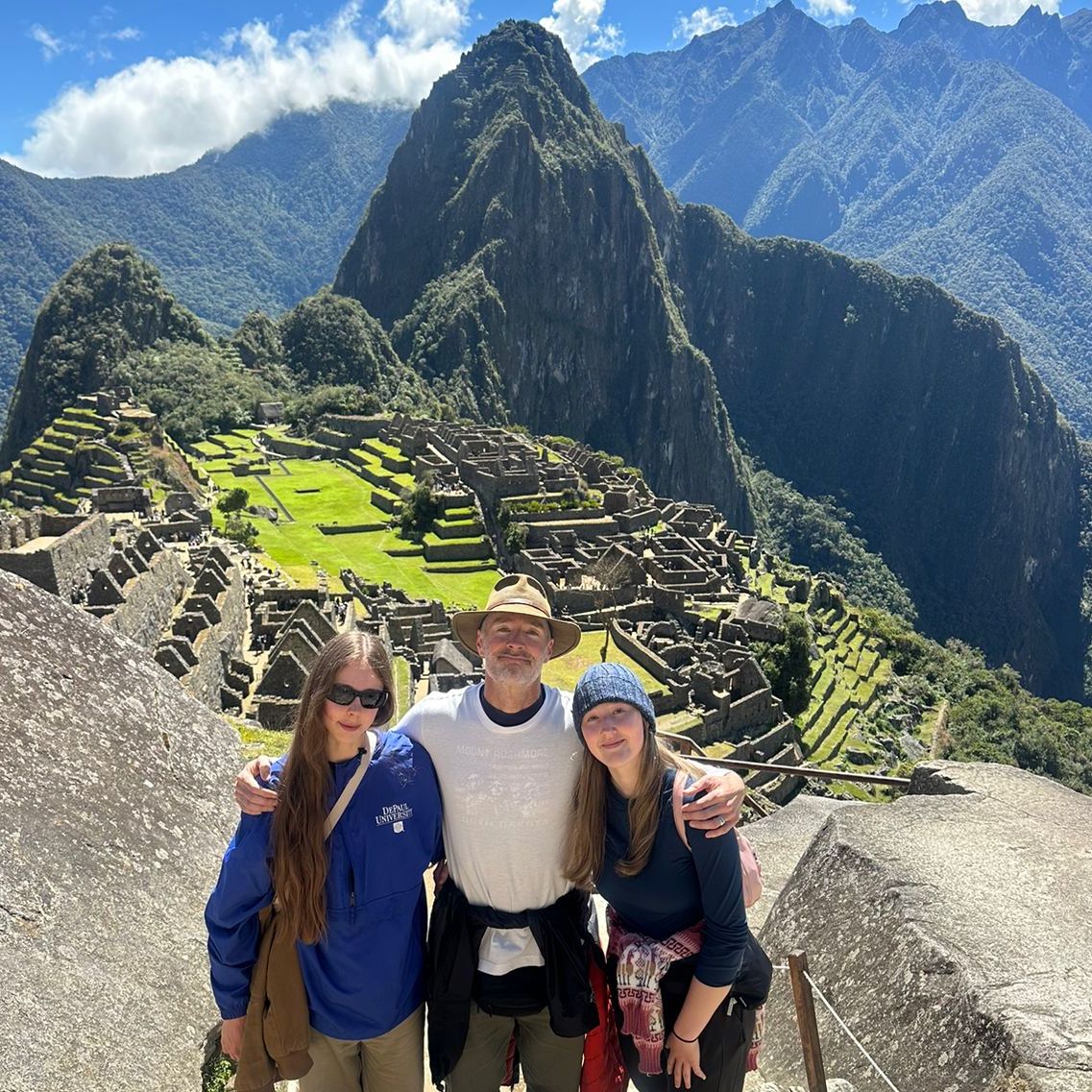





We did five Cusco Native Tours on our 9 day trip to Cusco recently and had the best vacation experience of my life! I'm so glad we went with Cusco Native.
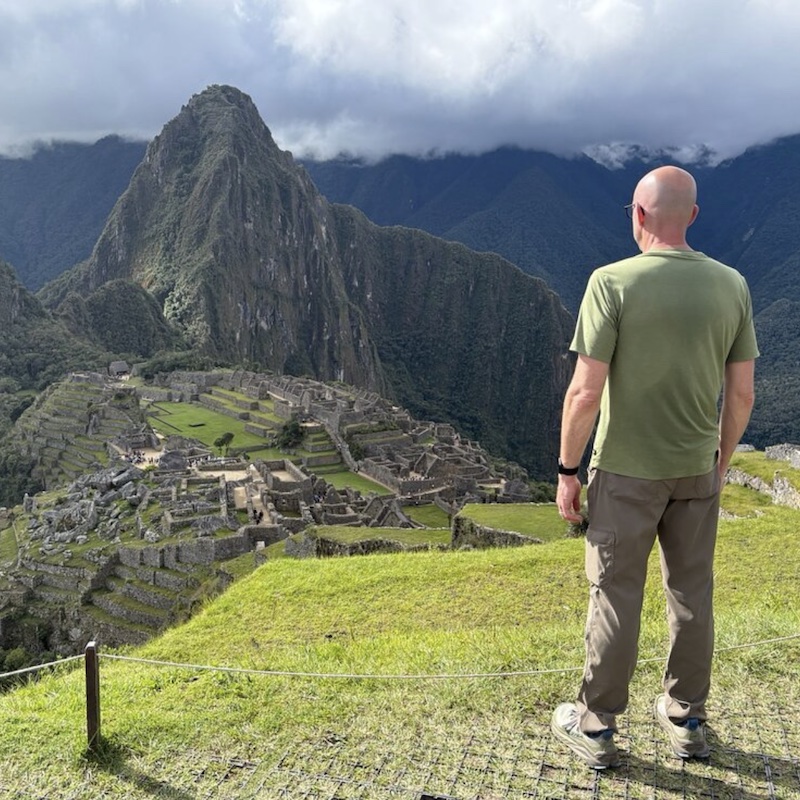





Machu Pichu has been #1 on my bucket list for over 30 years, and I am so glad I chose Cusco Native to make this dream come true.
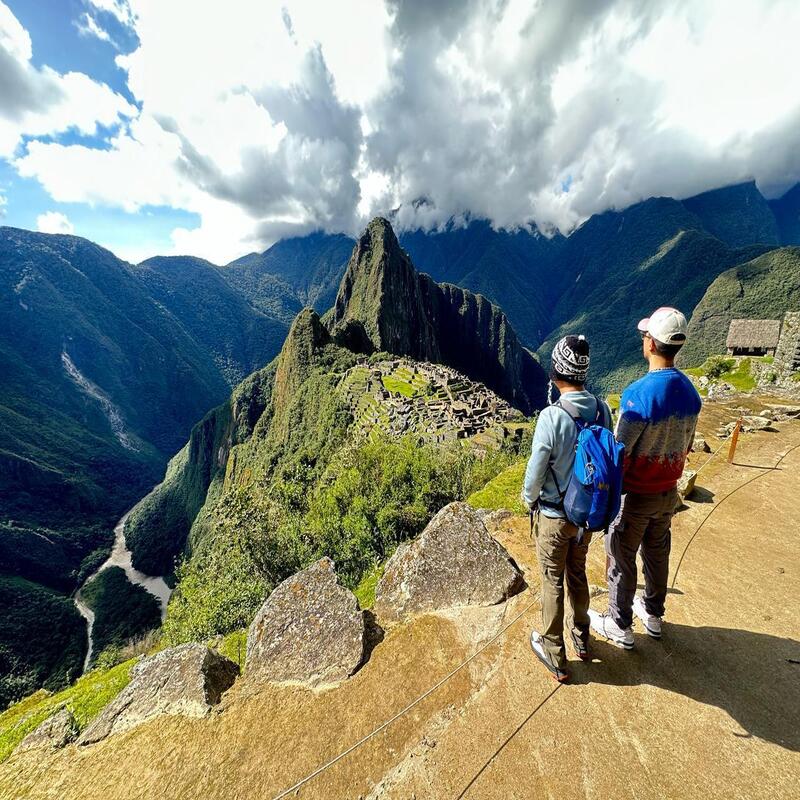





I am extremely satisfied with the experience. The communication was smooth and efficient. Rumi, our MP guide, is very knowledgeable and I highly recommend him. 5 stars!
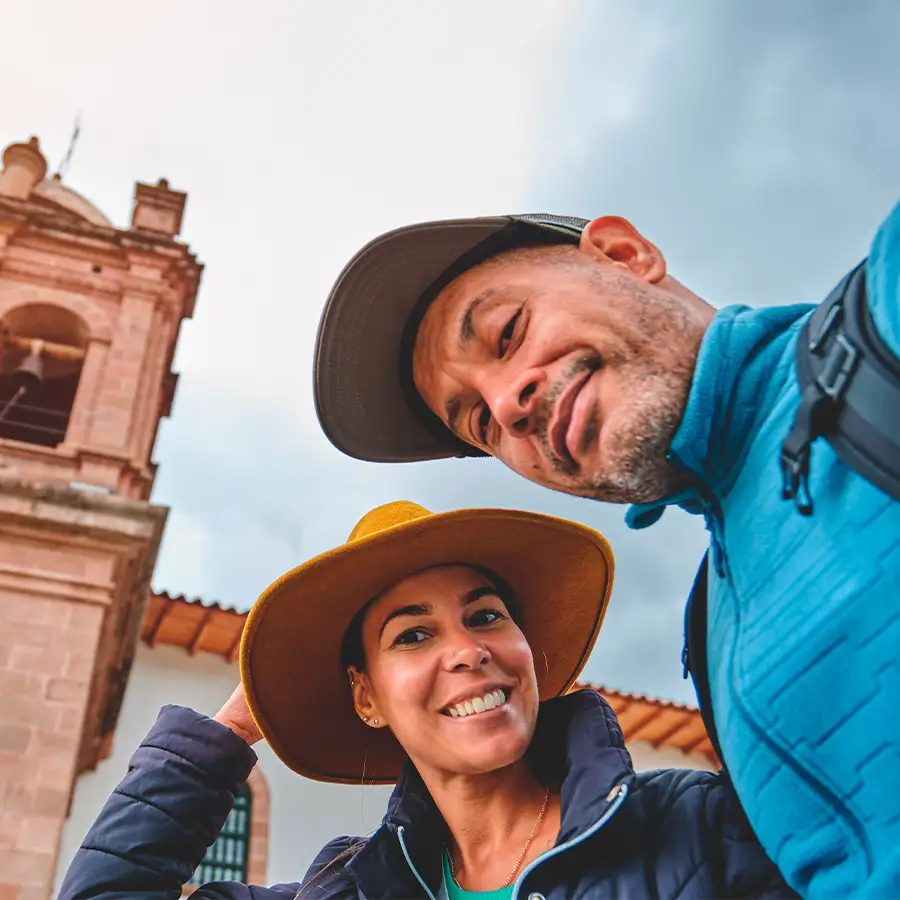
We are your local experts in Peru, specializing in tailor-made itineraries, 24/7 support, and exclusive insider access. By partnering with us, you can offer your clients unforgettable experiences that go beyond the ordinary. Let's connect and create extraordinary journeys together.

Personalized tours to Machu Picchu and other iconic destinations, handcrafted by passionate local experts.
2025 Cusco Native Tours. All rights reserved.